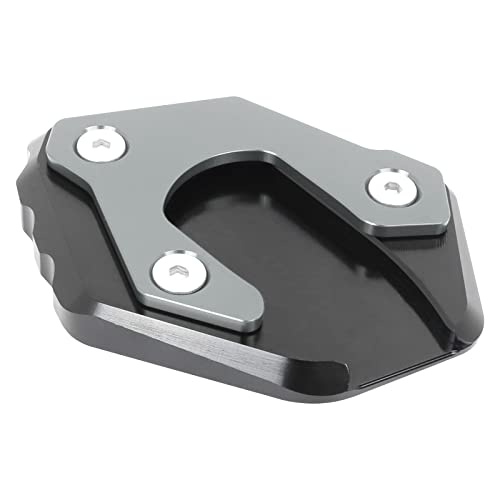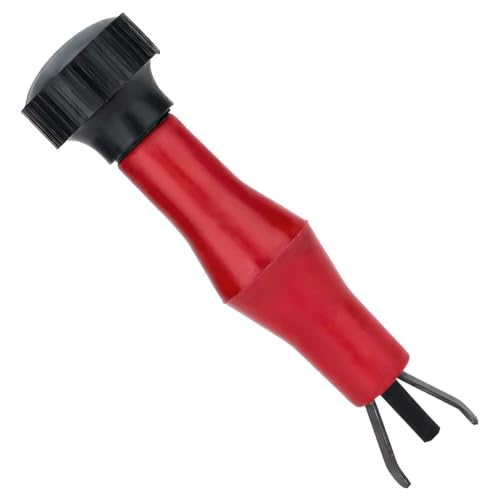Kind of playing the devils advocate here....but.....anyone care to put forth an idea of a technical "innovation" from racing that made it to a passenger car? Besides the rear veiw mirror from 1903.... Just don't happen.
Seat belts, and later shoulder belts
Windshield wipers
Disc brakes
Rack & pinion steering
Mechanical fuel injection
Electronic fuel injection
Electronic ignitions
Narrow valve angles (ala Cosworth DFV's)
Variable valve timing
Variable intake manifold length
Active suspension
Traction control
Variable split, viscous-controlled four-wheel drive systems
Fixed aerodynamic devices (spoilers and front air dams)
Moveable aerodynamic devices
Ground effects
Wings
Electronic instrumentation
Onboard diagnostics
Composite materials
Monocoque construction (which also led to unibody construction)
Independent suspensions
Run-flat inner liners
Roll bars (like on many convertibles today)
Automatically, electronically controlled manual transmissions and clutches
Onboard data acquisition systems
Onboard tire pressure sensors
Along with multiple others, not to mention the engineering knowledge gained in torsional rigidity, chassis and steering dynamics, deformable crush structures, aerodynamic theory along with reduced drag, using engines and gearboxes as stressed members, reduction in frictional loses, pumping losses, etc., crash data, tire performance, suspension systems, mechanical grip and handling dynamics, cooling system theory, combustion chamber design and theory, rod design along crankshafts and the like and their continued direction in strength increases while being reduced in weight and rotational mass, etc. , etc., etc.
And soon to be added to the list - pneumatic valve control, and not so long after that electronic valve control.
The list is even longer for motorcycles... To name just a brief few...
Desmodromic valves
Spar-type alloy frames
Single shock rear suspensions
Single bore/tube, Decarbon-type shock absorbers, and often the remote resevoirs that go with them
Cartridge forks
Adjustable damping
Ram air systems
Cassette-loaded-type gear clusters
Radial-mounted caliper brakes
Radial piston master cylinders
Composite materials
Fairings
And the list goes on and on...
Dallara































































